Rocky Point Holiday
Ron Nelson (b. 1929)
Rocky Point Holiday was commissioned for the University of Minnesota band for a tour of Russia. It was composed between 1968 and 1969. When asked about the limitations of the band, the director, Bencriscutto, told him there were none. "I'm going to write a tremendously difficult piece," Nelson warned him. "That's fine," replied Bencriscutto, and thus Rocky Point Holiday was born. Nelson says, "This was a pivotal moment in my notion of wind ensemble scoring, in which I focused on orchestrating in an extremely transparent way."
- Program Note by Nikk Pilato
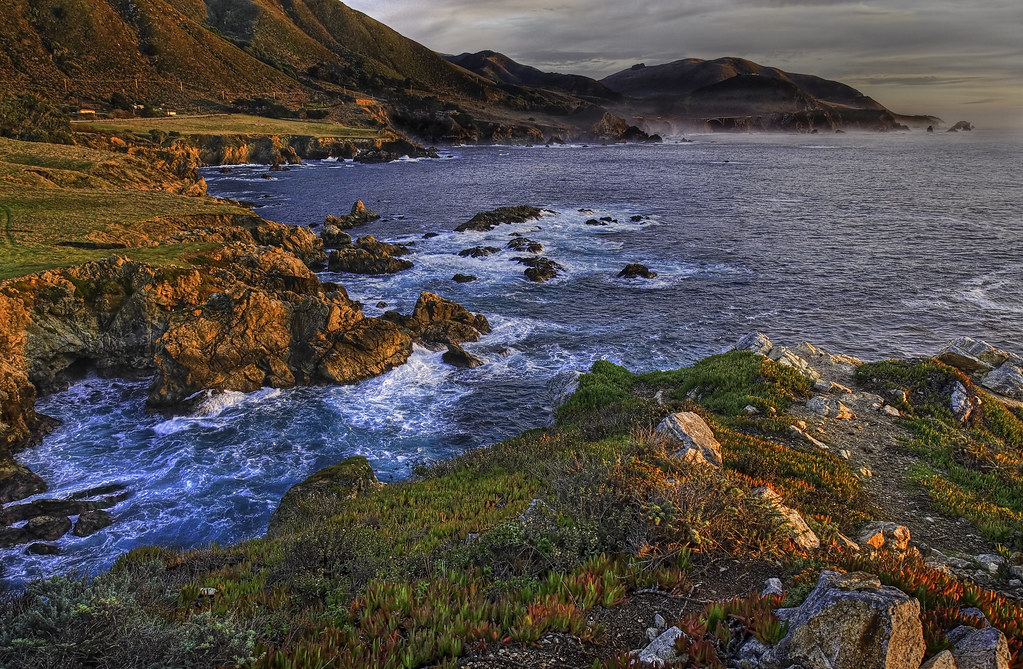
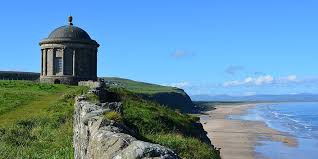
Irish Tune from County Derry
Percy Grainger (1882-1961)
Grainger's Irish Tune from County Derry has stood the test of time for a number of reasons: colorful sonorities, straightforward accessibility, and a memorable climax. It is also a versatile piece, playable by both younger band and mature players, symphonic bands and wind ensembles. Irish Tune could balance a heavier work on the concert program, or it could be a thoughtful closing piece just before intermission. The broad appeal of this piece will undoubtedly assure its position atop the wind band repertoire for years to come.
- Program Note from Great Music for Wind Band
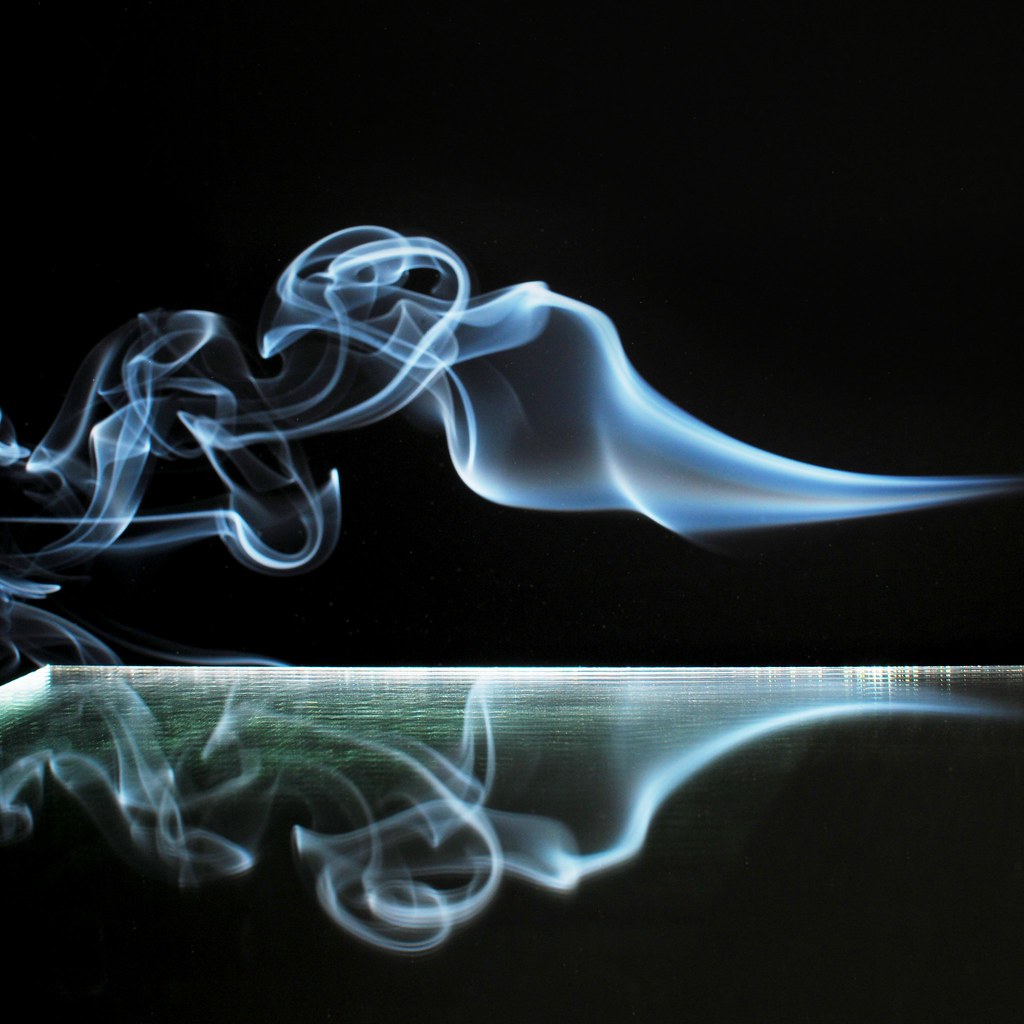
Smoke and Mirrors
Erica Muhl (b. 1961)
Smoke and Mirrors was commissioned by the University of Southern California on the occasion of my 50th birthday. As this occasion was, shall I say, bittersweet (let’s face it, no one wants to turn 50), I couldn’t resist the temptation to magically turn the clock back -- at least musically. While the work is entirely an expression of my style as it has developed through 2009, it contains several paraphrases of my compositions for orchestra spanning my twenty-four years at USC, from my student days in 1985 to today. These fragments have been incorporated fully into the arc of the new work, and some are quite hidden in the context. They are, however, used chronologically (i.e., in the order of original composition), and as such create a kind of compass for my compositional direction.
Smoke and Mirrors opens with a simple, forceful unison in low strings and percussion. After only a few seconds, brass and winds enter with exchanging colors that move slowly at first, but then suddenly rise to a fff rapid-fire burst in brass and percussion. Just as suddenly, the opening meditative mood returns, now alive with subtextual ideas. The brass builds again to explosive, rapid chords, this time supported by the entire orchestra. What follows this volatility is a completely unexpected scherzo; while the opening seemed to hint at something more serious, the scherzo unfolds instead lightly, dance-like, with veils of shifting color and a constant, though sometimes hazy, pulse. The scherzo is interrupted three times by jarring tuttis in contrasting duple meters, and it eventually gives way to the overpowering new beat. Faster and more determined, the final section builds slowly but directly to its climax, an extended reflection of the opening explosive brass chords, and the ensuing, dissipating smoke.
One final note: various internet-based biographies for some reason have my official birth date at 1961; well, that’s my story, and I’m sticking to it.
- Program Note by composer
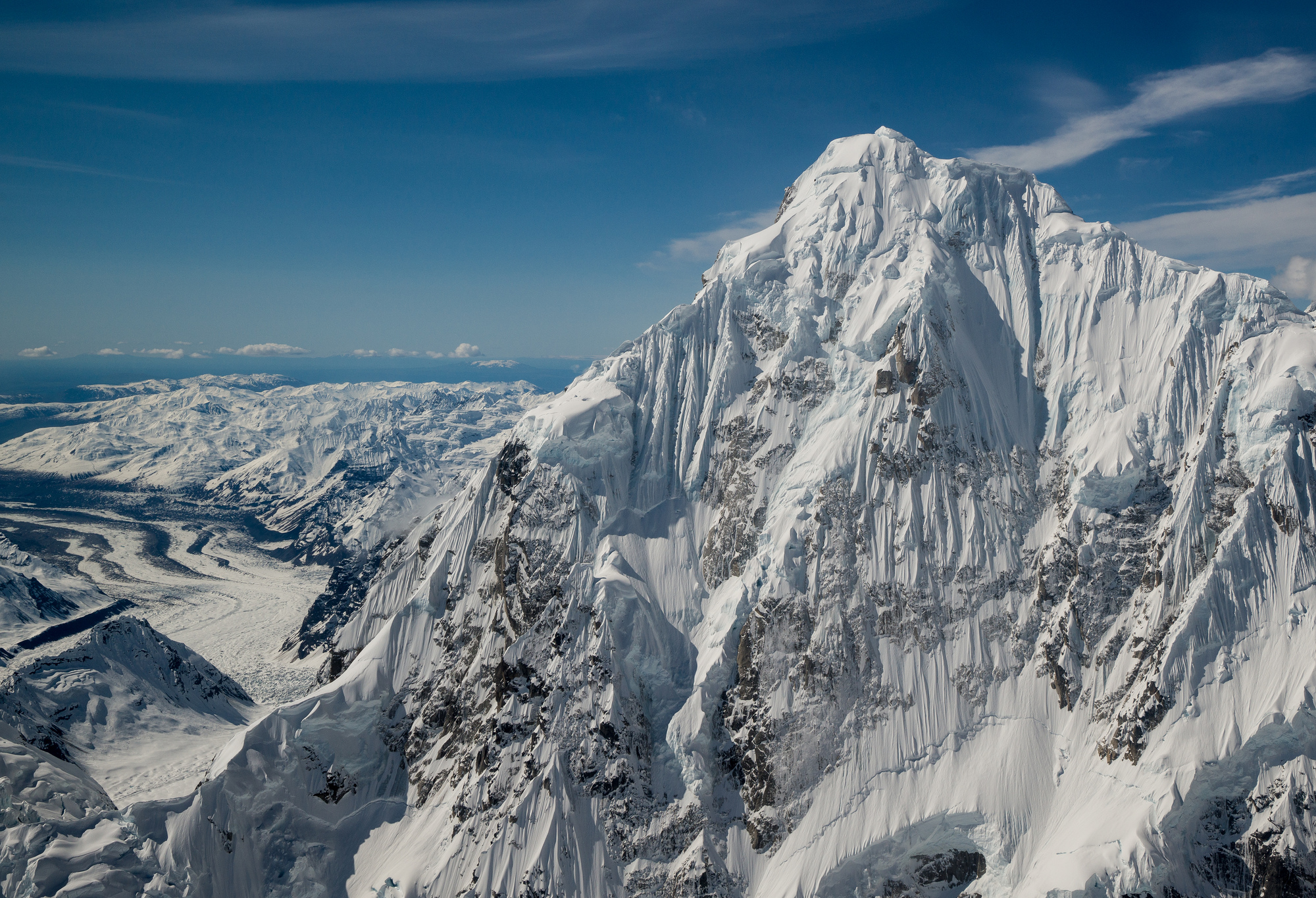
The Frozen Cathedral
John Mackey (b. 1973)
The Koyukon call it Denali, meaning “the great one,” and it is great. It stands at more than twenty thousand feet above sea level, a towering mass over the Alaskan wilderness. Measured from its base to its peak, it is the tallest mountain on land in the world, a full two thousand feet taller than Mount Everest. It is Mount McKinley, and it is an awesome spectacle. And it is the inspiration behind John Mackey’s The Frozen Cathedral.
The piece was born of the collaboration between Mackey and John Locke, Director of Bands at the University of North Carolina at Greensboro. Locke asked Mackey if he would dedicate the piece to the memory of his late son, J.P., who had a particular fascination with Alaska and the scenery of Denali National Park. Mackey agreed, and immediately found himself grappling with a problem: He had never been to Alaska.
How could I tie the piece to Alaska, a place I'd never seen in person? I kept thinking about it in literal terms, and I just wasn’t getting anywhere. My wife, who titles all of my pieces, said I should focus on what it is that draws people to these places. People go to the mountains -- these monumental, remote, ethereal and awesome parts of the world -- as a kind of pilgrimage. It’s a search for the sublime, for transcendence. A great mountain is like a church. “Call it The Frozen Cathedral,” she said.
The most immediately distinct aural feature of the work is the quality (and geographic location) of intriguing instrumental colors. The stark, glacial opening is colored almost exclusively by a crystalline twinkling of metallic percussion that surrounds the audience. Although the percussion orchestration carries a number of traditional sounds, there are a host of unconventional timbres as well, such as crystal glasses, crotales on timpani, tam-tam resonated with superball mallets, and the waterphone, an instrument used by Mackey to great effect on his earlier work Turning. The initial sonic environment is an icy and alien one, a cold and distant landscape whose mystery is only heightened by a longing, modal solo for bass flute, made dissonant by a contrasting key, and more insistent by the eventual addition of alto flute, English horn, and bassoon. This collection expands to encompass more of the winds, slowly and surely, with their chorale building in intensity and rage. Just as it seems their wailing despair can drive no further, however, it shatters like glass, dissipating once again into the timbres of the introductory percussion.
The second half of the piece begins in a manner that sounds remarkably similar to the first. In reality, it has been transposed into a new key and this time, when the bass flute takes up the long solo again, it resonates with far more compatible consonance. The only momentary clash is a Lydian influence in the melody, which brings a brightness to the tune that will remain until the end. Now, instead of anger and bitter conflict, the melody projects an aura of warmth, nostalgia, and even joy. This bright spirit pervades the ensemble, and the twinkling colors of the metallic percussion inspire a similar percolation through the upper woodwinds as the remaining winds and brass present various fragmented motives based on the bass flute’s melody. This new chorale, led in particular by the trombones, is a statement of catharsis, at once banishing the earlier darkness in a moment of spiritual transcendence and celebrating the grandeur of the surroundings. A triumphant conclusion in E-flat major is made all the more jubilant by the ecstatic clattering of the antiphonal percussion, which ring into the silence like voices across the ice.
- Program note by Jake Wallace
Awakening Hills
Richard Saucedo (b. 1957)
Commissioned for the All-Iowa Middle School Honor Band, here is an exuberant work that features dynamic ensemble passages, layering effects, and extensive percussion scoring. Saucedo’s masterful development of repetitive rhythmic motives makes this sound more difficult than it really is. A contrasting middle section uses brief solos for alto sax and flute over a rich harmonic texture.
- Program Note from the publisher
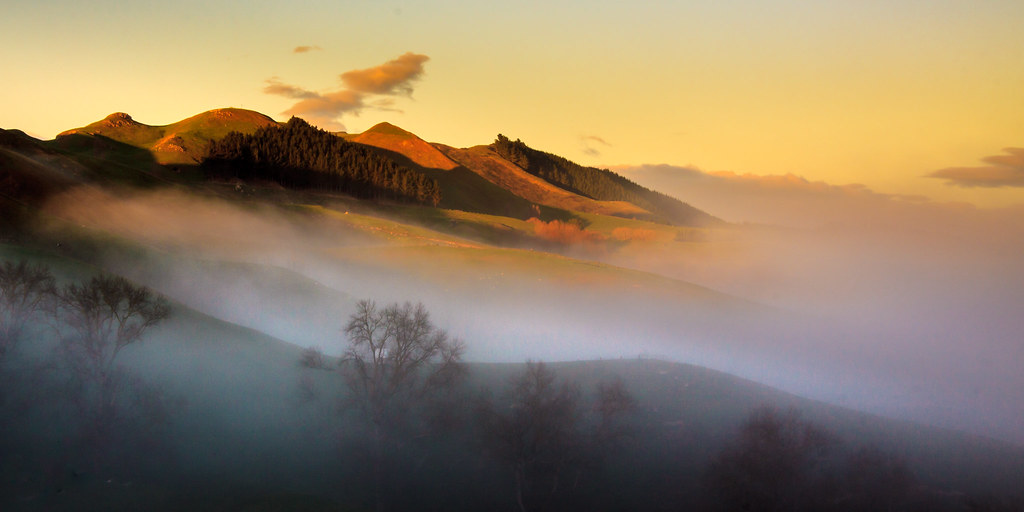
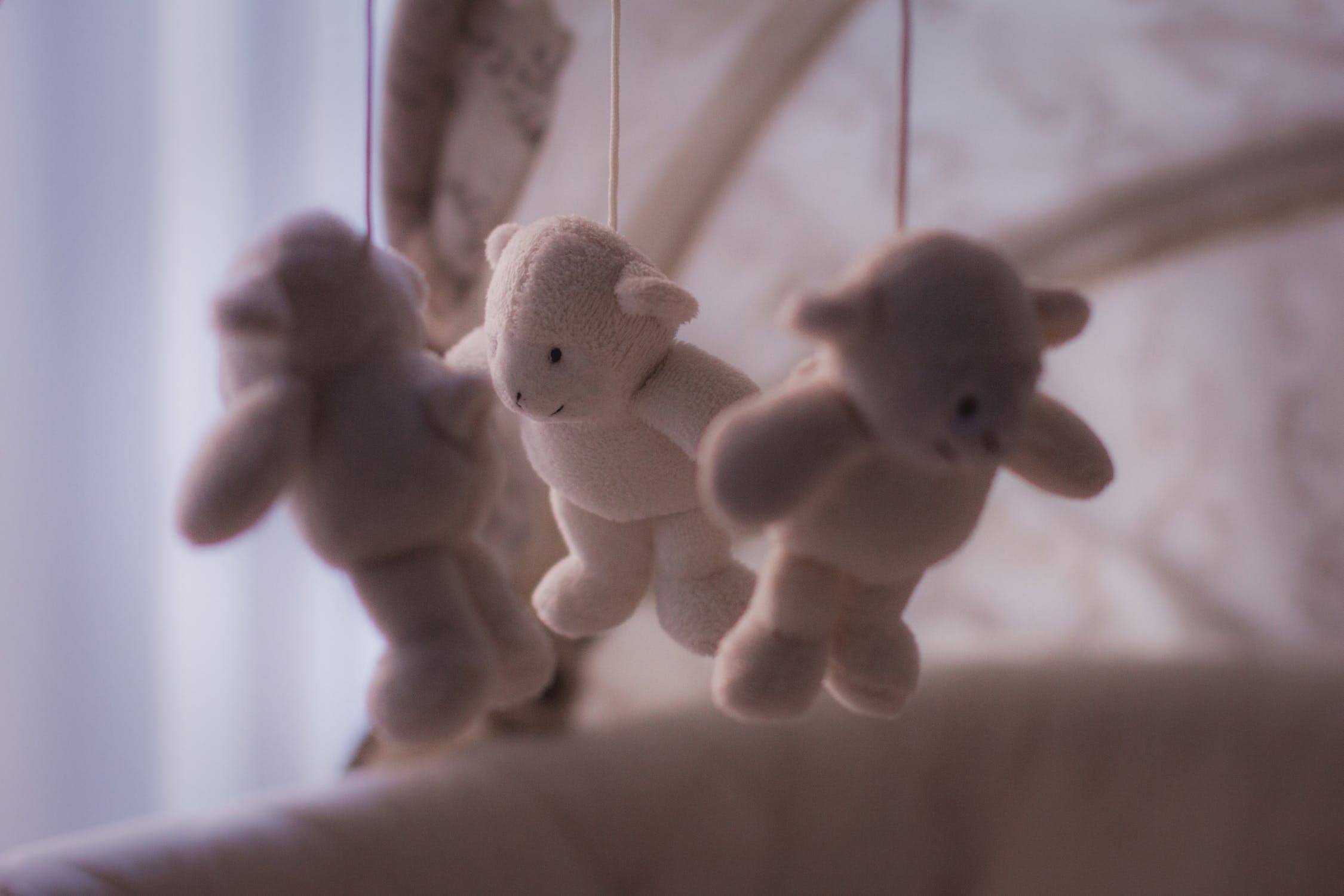
Seal Lullaby
Eric Whitacre (b. 1970)
In the spring of 2004 I was lucky enough to have my show Paradise Lost: Shadows and Wings presented at the ASCAP Musical Theater Workshop. The workshop is the brain child of legendary composer Stephen Schwartz (Wicked, Godspell), and his insights about the creative process were profoundly helpful. He became a great mentor and friend to the show and, I am honored to say, to me personally. Soon after the workshop I received a call from a major film studio. Stephen had recommended me to them and they wanted to know if I might be interested in writing music for an animated feature. I was incredibly excited, said yes, and took the meeting.
The creative executives with whom I met explained that the studio heads had always wanted to make an epic adventure, a classic animated film based on Kipling’s The White Seal. I have always loved animation, (the early Disney films; Looney Tunes; everything Pixar makes) and I couldn’t believe that I might get a chance to work in that grand tradition on such great material.
The White Seal is a beautiful story, classic Kipling, dark and rich and not at all condescending to kids. Best of all, Kipling begins his tale with the mother seal singing softly to her young pup. (The opening poem is called The Seal Lullaby).
Oh! Hush thee, my baby, the night is behind us,
And black are the waters that sparkled so green.
The moon, o’er the combers, looks downward to find us,
At rest in the hollows that rustle between.
Where billow meets billow, then soft be thy pillow,
Oh weary wee flipperling, curl at thy ease!
The storm shall not wake thee, nor shark overtake thee,
6 Asleep in the arms of the slow swinging seas!
- Rudyard Kipling, 1865-1936
I was struck so deeply by those first beautiful words, and a simple, sweet Disney-esque song just came gushing out of me. I wrote it down as quickly as I could, had my wife record it while I accompanied her at the piano, and then dropped it off at the film studio. I didn’t hear anything from them for weeks and weeks, and I began to despair. Did they hate it? Was it too melodically complex? Did they even listen to it? Finally, I called them, begging to know the reason that they had rejected my tender little song. “Oh,” said the exec, “we decided to make Kung Fu Panda instead.”
So I didn’t do anything with it; just sang it to my baby son every night to get him to go to sleep. (Success rate: less than 50%.) A few years later the Towne Singers commissioned the choral arrangement of it, and in 2011 I transcribed the piece for concert band. I’m grateful to them for giving it a new life, and to the schools, colleges and directors listed who have believed in this new transcription. And I’m especially grateful to Stephen Schwartz, to whom the piece is dedicated. His friendship and invaluable tutelage has meant more to me than I could ever tell him.
- Program note from the composer

Wild Wyatt!
Gary Gilroy (b. 1958)
Wild Wyatt! was written as the second composition of a two part series. The first in the series, Sand Castles, was originally titles Sand Castles for Noah, and was written in honor of the composer’s Godson, Noah Price. Dr. Gilroy then decided that it might be fun to also compose a fun tune for Noah’s little brother, Wyatt Price who is as wild as they come! With his long, wild, and blazing red hair, Wyatt Price is one of the most intense and energetic youngsters the composer has ever known. Surely a concert band work with great passion intense energy, and wild interruptions would be well suited to be called Wild Wyatt! The brake drums, large whip, floor tom, and brass drum all help create some wildly intense sounds and help earn this composition their title.
- Program note from the publisher

Just a Closer Walk with Thee
Don Gillis (1912-1978)
Just a Closer Walk with Thee is a traditional gospel song that has been covered by many artists. Performed as either an instrumental or vocal, "A Closer Walk" is perhaps the most frequently played number in the hymn and dirge section of traditional New Orleans jazz funerals. The title and lyrics of the song alludes to the Biblical passage from 2 Corinthians 5:7 which states, "We walk by faith, not by sight," and James 4:8, "Come near to God and he will come near to you."
The precise author of "A Closer Walk" is unknown. Circumstantial evidence strongly suggests it dates back to southern African-American churches of the nineteenth century, possibly even prior to the Civil War, as some personal African American histories recall "slaves singing as they worked in the fields a song about walking by the Lord's side."
- Program from windrep.org

The National Game
John Philip Sousa (1856-1932)
Judge Kenesaw Mountain Landis, baseball's high commissioner, asked Sousa to compose The National Game march on the occasion of the National League's fiftieth anniversary. Earlier the two had met in Havana. No doubt Sousa told him of his enthusiasm for the game and of the Sousa Band's Own team.
- Program Note from John Philip Sousa: A Descriptive Catalog of His Works
images found on pexel and flickr